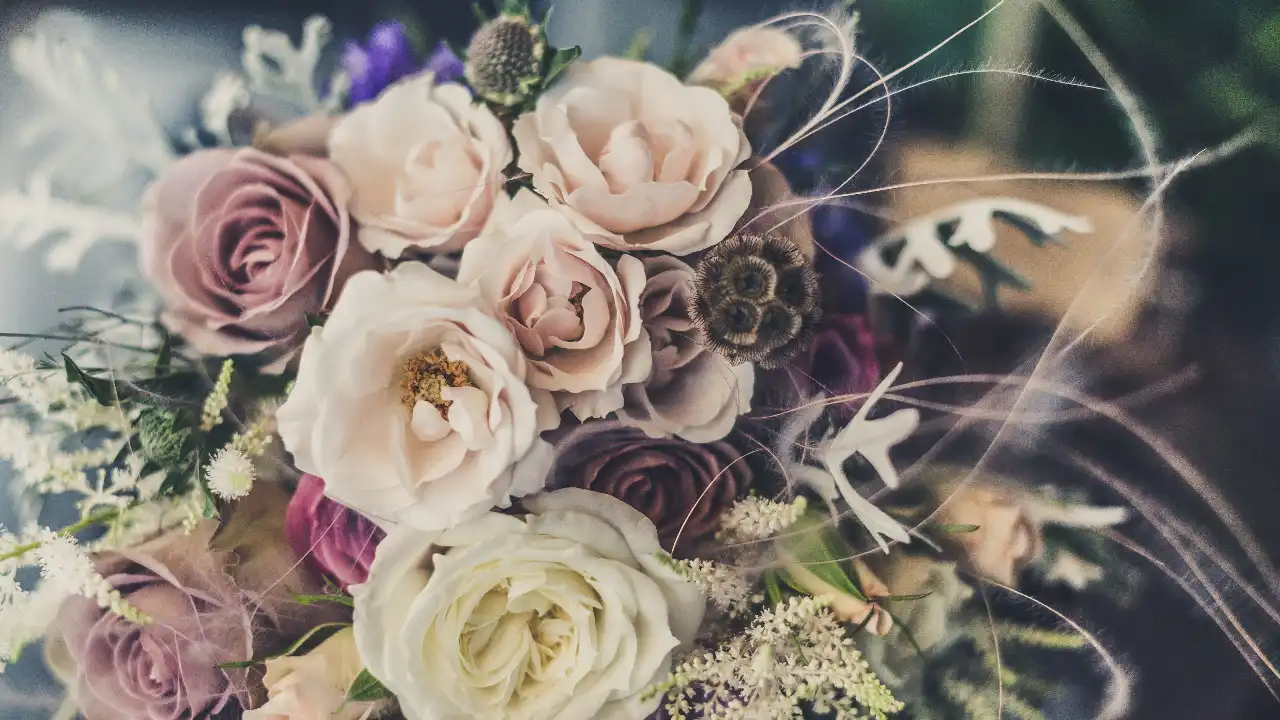Business
Flowers and Spirituality: Petals of the Soul

In the tapestry of spirituality and religion, flowers, ordered via same day flower delivery in Boston, hold a unique and profound significance. Like vibrant strokes on a canvas, they add color, fragrance, and meaning to various faiths and spiritual practices. This article delves into the deep-seated connection between flowers and spirituality, exploring how these natural wonders bridge the gap between the tangible and the ethereal, the human and the divine.
Sacred Blossoms – Flowers in Religious Ceremonies
Throughout history, flowers have been integral to religious ceremonies across different cultures and faiths. In Hinduism, flowers like marigolds and lotuses are indispensable in worship, symbolizing purity and divinity. The lotus, in particular, represents the journey of the soul towards enlightenment, emerging pristine from murky waters.
In Christianity, white lilies are often associated with Easter, symbolizing the resurrection of Jesus Christ and purity. Similarly, in Buddhism, the lotus again plays a significant role, representing the journey towards enlightenment and the purification of the mind, body, and soul.
In Islamic culture, roses are revered, often associated with the scent of paradise. Sufism, in particular, uses the rose as a symbol of spiritual unfolding and divine love.
These examples underscore how flowers are not just decorative elements but carry profound symbolic meanings, linking believers to the divine and enhancing the sanctity of religious rituals.
Spiritual Symbolism – What Flowers Represent in Spirituality
Beyond their roles in rituals, flowers are imbued with rich spiritual symbolism. The white lotus, for instance, is a powerful emblem in both Buddhism and Hinduism, signifying spiritual awakening and purity of the soul. In these traditions, the journey of the lotus from mud to bloom mirrors the spiritual journey of a human from ignorance to enlightenment.
In many native cultures, flowers like the sunflower, which turns its head to follow the sun, symbolize loyalty and adoration towards the divine. The cherry blossom in Japanese culture represents the transient nature of life, a fundamental concept in Buddhist teachings.
Additionally, flowers like lavender and jasmine are often used for their calming and purifying properties, aiding in spiritual practices and meditation. These flowers don’t just represent spiritual concepts; they actively contribute to spiritual experiences, creating an atmosphere conducive to contemplation and inner peace.
Flowers in Meditation and Mindful Practices
Flowers play a pivotal role in enhancing the practices of meditation and mindfulness. Their presence in meditation spaces is not merely for aesthetic purposes but serves to deepen the spiritual experience. The act of observing a flower, with its intricate design and subtle fragrance, can be a meditation in itself, drawing the practitioner into a moment of profound presence and awareness.
This contemplative observation allows individuals to transcend the hustle of daily life, anchoring them in the present moment. By focusing on the delicate details of a flower, from its vibrant colors to its unique pattern, one can cultivate mindfulness, a skill that is beneficial in reducing stress and increasing mental clarity. The simplicity of a flower, often overlooked in our busy lives, becomes a powerful tool in the pursuit of tranquility and introspection.
In group meditation settings, flowers can also serve as a shared focal point, creating a collective experience of peace and harmony. This communal aspect of flower-based meditation fosters a sense of unity and empathy among participants, enhancing the overall spiritual journey. Additionally, the practice of offering flowers during meditation can be a profound act of gratitude and reverence towards life and its myriad forms.
Mindfulness practices often encourage participants to focus on the natural beauty of flowers, observing them as a metaphor for the ebb and flow of life. This practice helps in cultivating a sense of peace, acceptance, and connectedness with the natural world. The beauty and impermanence of flowers remind us of the transient nature of our own experiences, encouraging a deeper appreciation of each moment.
Moreover, the fragrances of certain flowers, like lavender and rose, are known to have calming effects on the mind and body, facilitating deeper meditation and a stronger spiritual connection. The use of floral scents in aromatherapy during meditation can significantly enhance the sensory experience, leading to a more profound and restorative practice. This integration of olfactory stimuli with visual beauty exemplifies the holistic nature of flowers in spiritual practices, nurturing both mind and spirit.
Conclusion
Flowers, in their silent beauty, carry a universal language of spirituality. They are not just passive elements in religious and spiritual practices but active symbols and tools that foster a deeper understanding and connection with the divine. In their delicate petals lies the profound ability to connect the physical with the spiritual, reminding us of the beauty, impermanence, and interconnectedness of all life. Flowers truly are the petals of the soul, opening up pathways to spiritual enlightenment and inner peace.
Kenneth is a proud native of sydney, born and raised there. However, he pursued his education abroad and studied in Australia. Kenneth has worked as a journalist for almost a decade, making valuable contributions to prominent publications such as Yahoo News and The Verge. Currently, he serves as a journalist for The Hear Up, where he focuses on covering climate and science news. You can reach Kenneth at [email protected].










